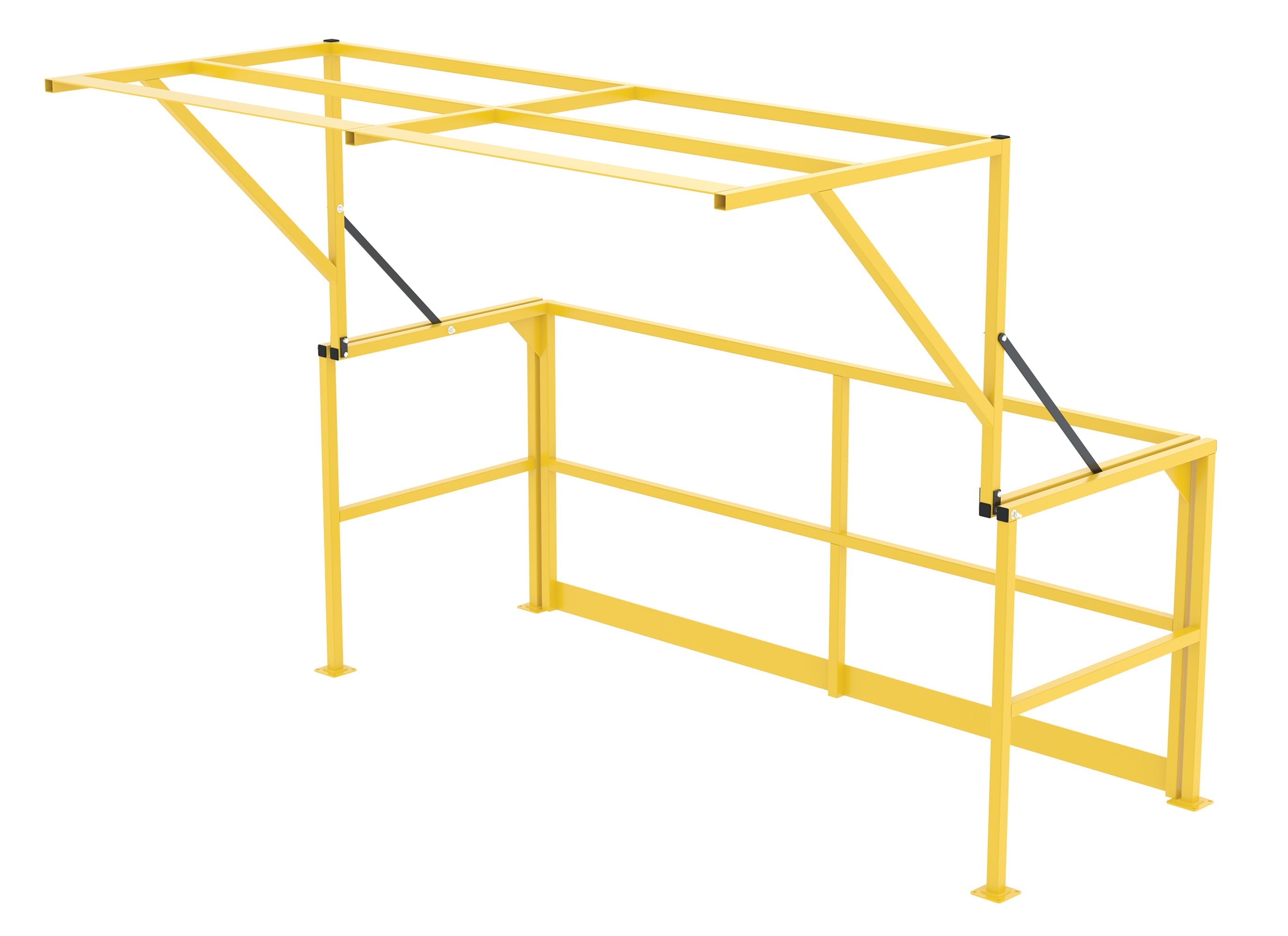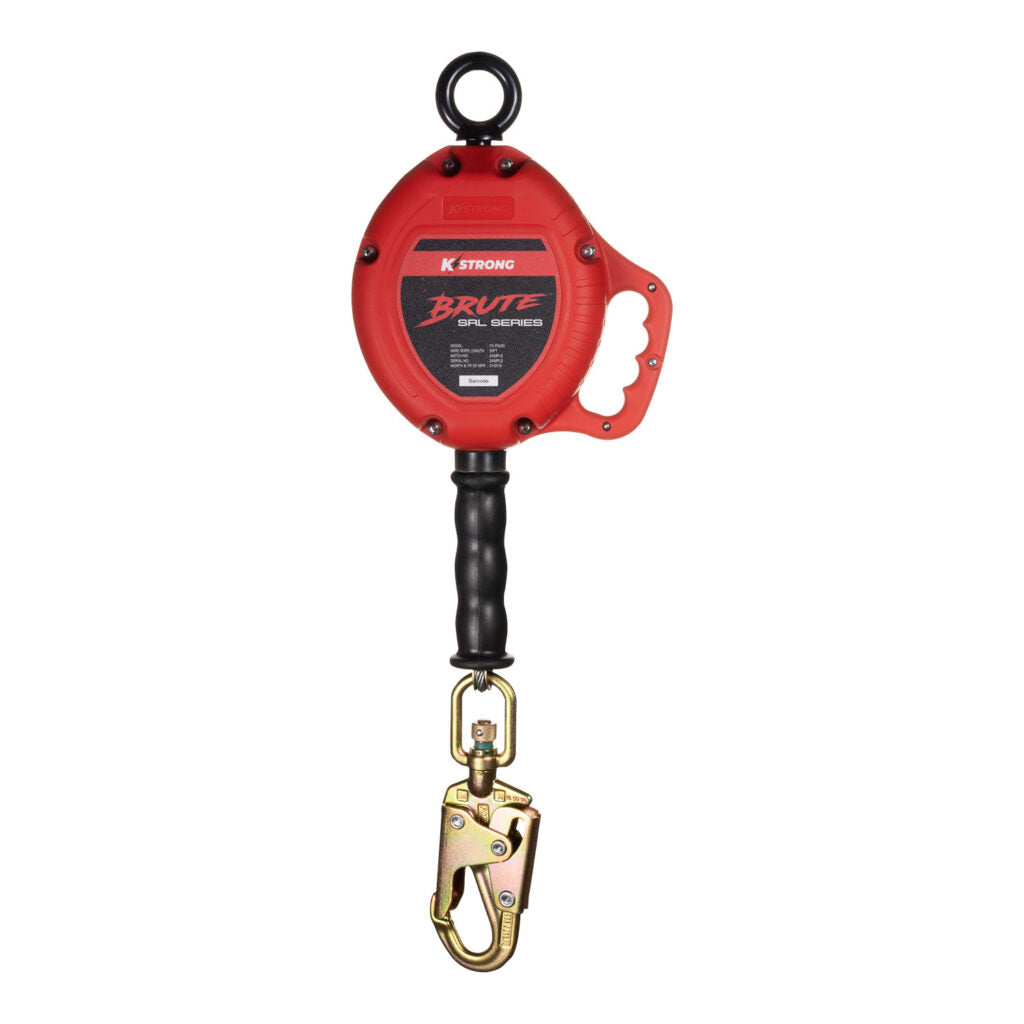Synthetic webbing and round slings are workhorses in various industries, relied upon for their strength, flexibility, and ease of use.
But even the toughest synthetic slings have a limited lifespan. Knowing when to replace them is crucial not only for efficient operations but, more importantly, for the safety of your workers and your cargo. This article will guide you through the key indicators of wear and tear, damage, and aging that signal it's time to retire your synthetic slings and invest in new ones.
By recognizing these warning signs and following best practices for inspection and maintenance, you can ensure a safe and productive lifting environment.
WHAT ARE SYNTHETIC LIFTING SLINGS AND HOW TO USE THEM?
Synthetic lifting slings such as webbing and round versions are normally made from 100% polyester or nylon and are manufactured with a 5:1 design factor for use here in the USA.
That by no means should be interpreted to suggest that you can expect this securing strap to take five times the capacity they are rated to. It actually means that they are designed to break at 5 times the working load limit. The reason for this is to provide added protection for you against accidental operator faults and dynamic overloads.
You should never overload one under any circumstance. Even when you are on the edge of the limit and you don't have a bigger weight limit version at hand.
Please put your tools down and buy a bigger one - you can't buy a new body, and we always want our valued customers to be safe when using our equipment.
COMMON TYPES OF DAMAGE
While synthetic webbing and round slings are incredibly durable, they're not invincible. Understanding the common types of damage these slings can sustain is essential for ensuring safety and longevity. Here's a breakdown of what to watch out for:
Chemical Damage:
- Acids and alkalis can weaken or burn the fibers, compromising the sling's strength.
Physical Damage:
- Cuts and Tears: Sharp edges on loads or lifting equipment can cause cuts and tears in the sling.
- Abrasion: Repeated rubbing against rough surfaces can wear down the sling's fibers.
- Heat Exposure: Temperatures above 194°F (90°C) can weaken or melt the synthetic material. Be cautious of activities like welding or grinding that generate heat and sparks.
- Knotting: Incorrect knotting techniques can damage the sling's internal structure, significantly reducing its strength.
Environmental Damage:
- UV Degradation: Prolonged exposure to sunlight can weaken the sling's fibers over time.
- Dirt and Grit: Dirt and grit can embed themselves in the sling, causing abrasion and wear.
- Temperature and Humidity Fluctuations: Extreme temperature changes and high humidity can accelerate the degradation process.
General Wear and Tear:
Even with proper use, slings will naturally degrade over time. The rate of wear and tear depends on factors like frequency of use, load weights, and environmental conditions. As a general rule, slings used outdoors should be replaced every 2-4 years.
SYNTHETIC SLING INSPECTION REQUIREMENTS
Regular inspections are vital to ensure the safety and longevity of your synthetic slings. There are three main types of inspections to keep in mind.
An initial inspection should be performed before first use, whether it's a brand-new sling or one you've rented. This helps identify any damage during shipping or manufacturing defects and confirms it's the right type and capacity for the job.
Frequent inspections are necessary to catch any wear and tear that may have developed. For normal use, inspect the sling before each shift or workday. For more severe applications, inspect it before every single lift.
Finally, periodic inspections provide a more in-depth assessment. These should be carried out at intervals defined by industry standards like ASME B30.9 or WSTDA WS-1.
A qualified person (other than the one conducting frequent inspections) should conduct these inspections, which typically occur yearly for normal use and more frequently (monthly or quarterly) for severe use. Thorough record-keeping is essential for periodic inspections.
HOW TO PREVENT SYNTHETIC WEBBING FROM AN EARLY DEATH
Added protection can be provided to most synthetic types with different weight limits in the form of sleeves, mesh and corner protectors.
Avoiding the following actions will help provide better longevity to your gear and give you better value for money.
- Dragging them along the floor
- Exposure to heat or weld spatter etc.
- D.I.Y. shortening or connecting methods such as knotting
- Yanking them from under loads when the load is sitting on top of them
- Exposing them to chemicals
- Driving over the item(s) with a forklift or pallet truck (a common occurrence)
SUMMARY
While there's no way to precisely predict the lifespan of a synthetic sling, understanding its use, environment, and service type is key. Outdoor use generally means replacement every 2-4 years, potentially sooner in harsh conditions.
For other applications, consider the specific demands and consult experts during inspections. A knowledgeable supplier and inspection company are vital for selecting the right sling and ensuring it's inspected to prevent accidents and comply with safety standards like ASME B30.9.
Want to learn more about safe lifting practices and equipment maintenance? Explore our blog for more insightful articles on topics like rigging techniques, load capacity calculations, and choosing the right lifting gear for your specific needs.






















